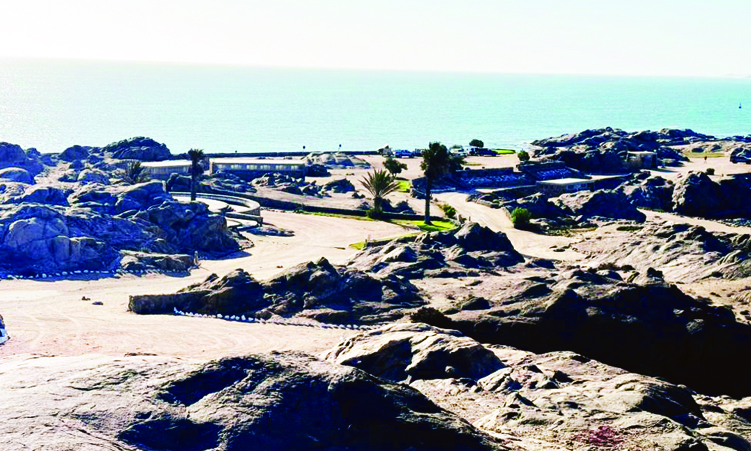LUISE HOFFMANNYoung fruits are dark green becoming light brown when dry. They consist of an oval nut about 10 – 13 mm in diameter with a pair of thin wings rather similar to those of a dragonfly. When the fruit is dry and falls off the tree these wings cause it to gyrate or spin while it floats to the ground. FROM about June to September this tree is easy to identify by its distinctive fruit hanging in clusters from the tips of the branches.
During the dry season the light, smooth bark is also very visible, especially where it is exposed to the sun and the bark turns a beautiful burnished silver. The yellow flowers of this tree appear around March when the leaves already turn colour giving the crown a strikingly mottled appearance of dark green, brown and yellow.
Names: G. Propellerbaum; A. draaivrugboom, helikopterboom. The scientific name Gyrocarpus refers to the spinning movement of the fruits when falling off the tree, while americanus indicates that this species was first recorded in America.
“According to several botanists the propeller tree, though never abundant, is one of the most widely distributed trees on earth, occurring in most tropical and some subtropical areas” (Palmer Pitman in “Trees of Southern Africa”). In Namibia it has only been recorded from the mountainous areas around Outjo, Otavi and Tsumeb, from northern Kaokoland and from Impalila Island.
It is only found among dolomite rocks and usually grows on wooded, stony hill-sides or at the foot of hills.
Usually it is a single-stemmed tree branching at some distance above ground and reaching a height of up to 15 m. Where the trunk is exposed to the sun it turns a beautiful silvery colour. The bark on old trunks sometimes flakes.
The leaves may become as large as 10 x 10 cm and be almost round and entire or three-lobed. They grow on long leaf stalks, are dark green above and lighter below, unusual and often distinctive. Three to five yellowish veins arise from the base and are most obvious on the underside. Both sides of the leaves are covered in short, velvety hairs.
Due to the leaves turning golden yellow and falling as early as March, this tree is quite conspicuous among the otherwise still green vegetation as shown on the photo above.
Smooth, yellow-green flowers appear in tight bunches at the ends of the twigs from March to May. As the colour of the leaves is then already turning the crown is dappled in striking greens, browns and yellows. However, the flowers smell unpleasantly of cat urine.
The fruit with their pair of thin, straight wings described above are the most distinctive feature of this tree.
Uses: The bark contains an alkaloid which might prove useful in the treatment of heart ailments. The wood is white and soft and of no economical value. However, due to their unusual leaves, the distinctive fruits and the shiny silver bark these trees are as striking in summer as they are in the dry season. Provided they can be protected from frost, they would make beautiful garden specimens.
Stay informed with The Namibian – your source for credible journalism. Get in-depth reporting and opinions for
only N$85 a month. Invest in journalism, invest in democracy –
Subscribe Now!






